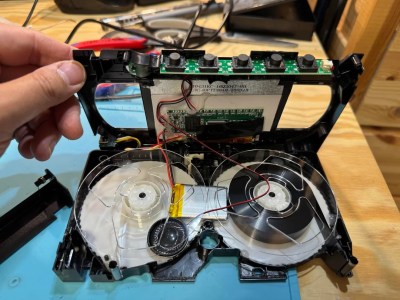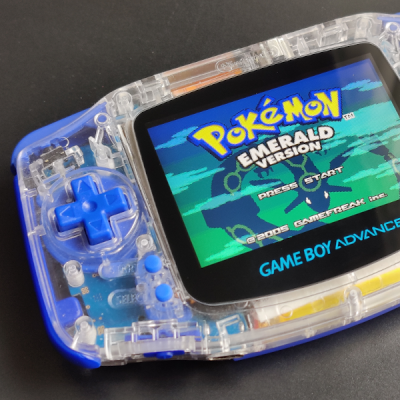These cards plug into a USB port for power and have over a dozen small LEDs that light up the stars on the front, and a small buzzer that can play over ten minutes of cracktro music. To keep the cost down, [VCC] went with an ATtiny1616 microcontroller costing under 50 cents and still having plenty of outputs to drive the buzzer and LEDs. The final per-unit cost prior to shipping came out to only 1.5 euros, enabling them to be handed out without worrying about breaking the bank.
To aid in the assembly of the cards, [VCC] 3D printed a jig to apply material to the back of the USB connector, building up its thickness to securely fit in the USB port. He also wrote a small script for assembly-line programming the cards, getting the programming process down to around ten seconds per card and letting him turn through prepping the cards. Thanks, [VCC], for sending in your project—it’s a great addition to other PCB business cards we’ve featured.
Continue reading “ATtiny-Powered Business Card Plays Cracktro Hits”





![An image of a light grey graphing calculator with a dark grey screen and key surround. The text on the monochrome LCD screen shows "Input: ENEB Result 1: BEEN Confidence 1: 14% [##] Result 2: Good Confidence 2: 12% [#] Press ENTER key..."](https://hackaday.com/wp-content/uploads/2025/07/Hermes-Optimus-TI-84-Plus-Silver-Edition-Neural-Network-YouTube-0-0-52.jpeg?w=600&h=450)














